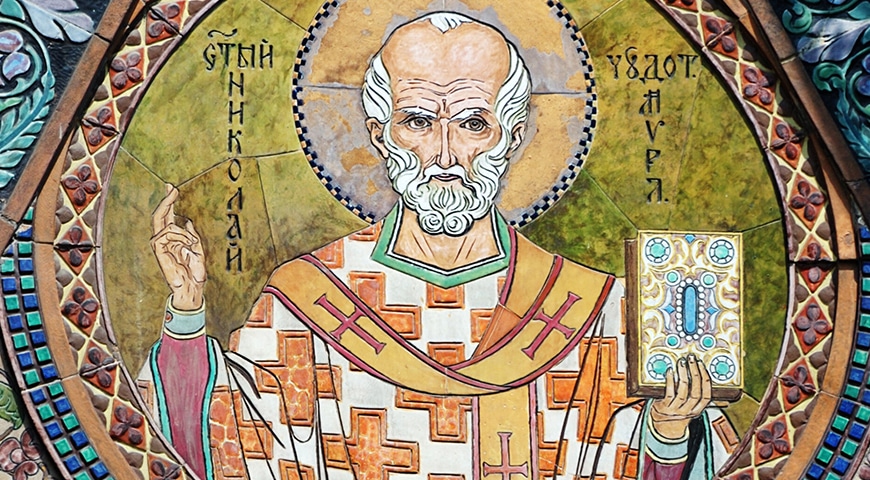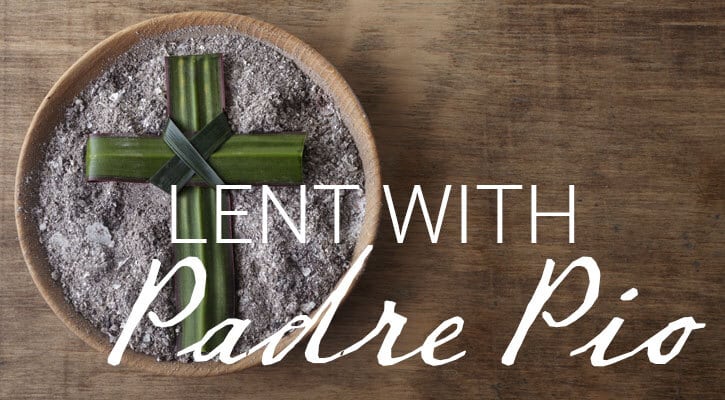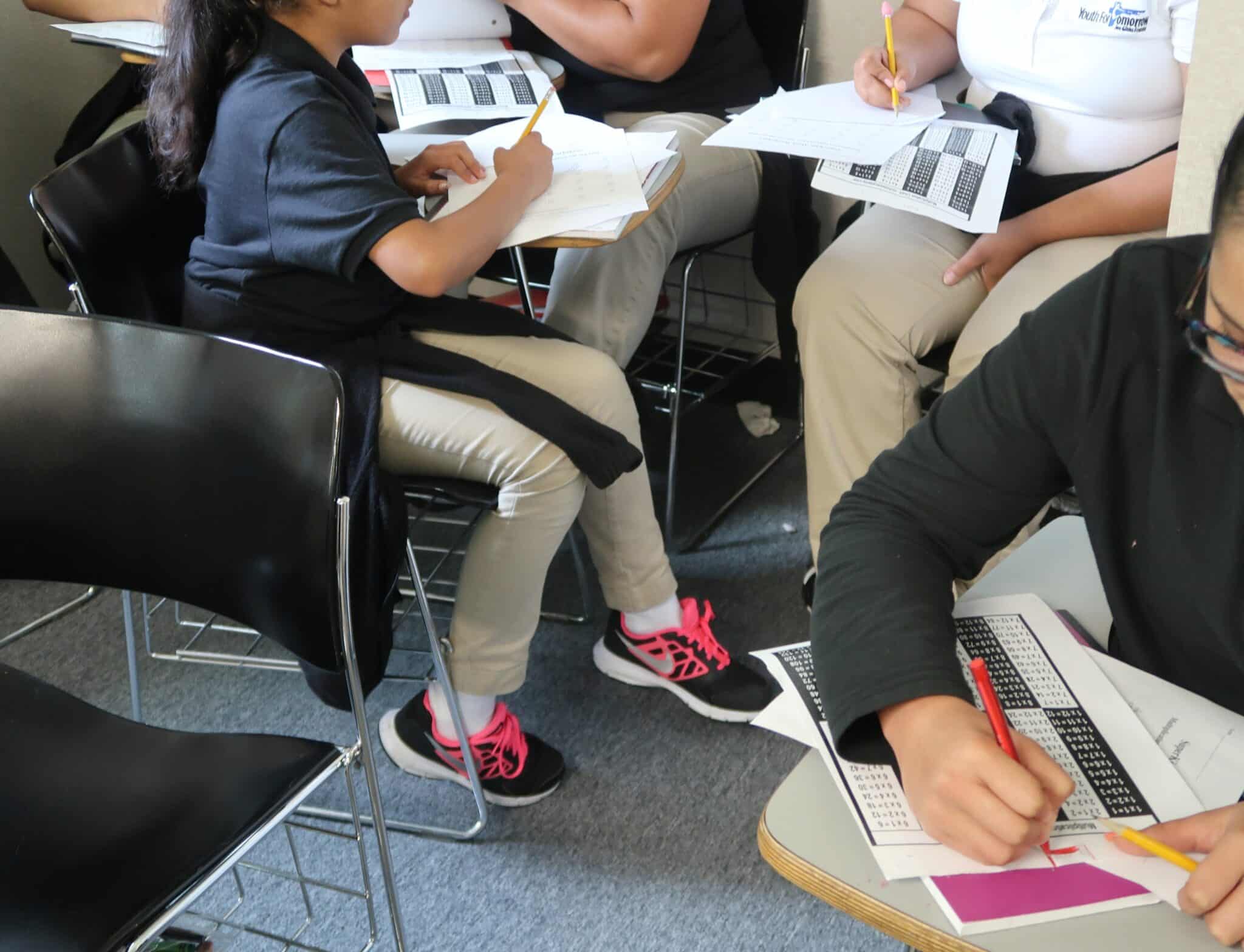How is the patron saint of an occupation, a country, or a group of people decided? Specifically, how did St. Nicholas come to be the patron saint of brides, grooms, children, bakers, and pawnbrokers?
In the Roman Catholic Church, most patron saints of occupations and groups of people are not officially assigned. In 2000, Pope John Paul II designated St. Thomas More (martyred in 1535) as the patron saint of legislators and diplomats.
Identifying patron saints may be the most democratic practice in the Catholic Church. They are identified through some major or minor incident in the saint’s life.
St. Nicholas is linked to pawnbrokers because of the bags of gold that he anonymously donated to three young women who lacked marriage dowries. Pawnbrokers eventually incorporated this symbol (three balls instead of three bags) into their signs, some of which still exist.
The Franciscans had a role in the 14th-century development of the montes pietatis (forerunners of pawnbrokers) because existing banks wanted to deal only with people borrowing large sums of money. Think of the growth of savings and loan associations (and credit unions) in this country to finance buying a house, a car, higher education, or a similar need.
The feast of St. Nicholas is celebrated on December 6.
Saint of the Day is also one of our books. I contributed to the original in 1975 and have updated it four times since then.








